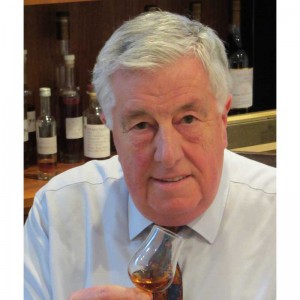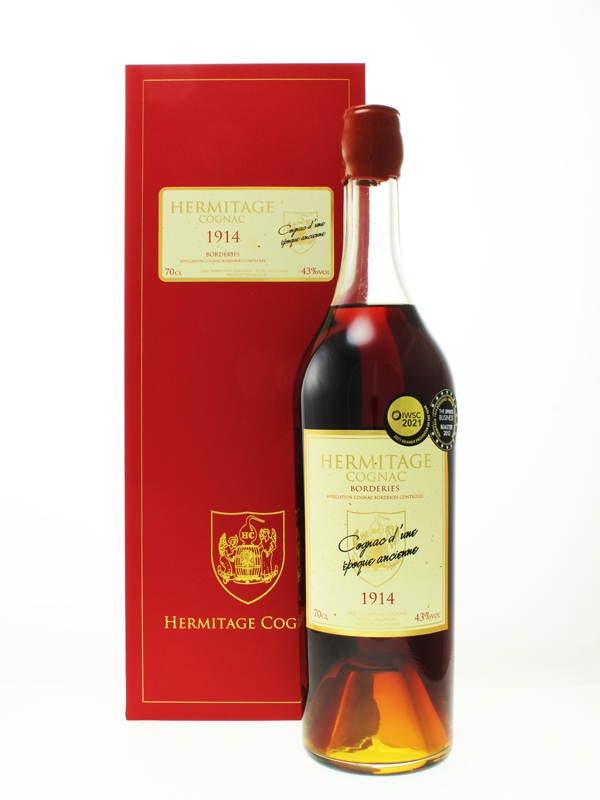Cognac, An Investment in Time
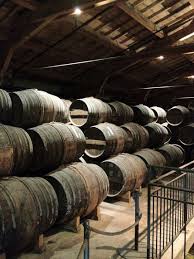 A little more than fifty years ago, I tasted my first early vintage cognac. It was a landmark tasting since, for the first time, I was able to understand the complexity of flavours which develop over time and create some of the most sought after cognac properties, which only a few people will ever be able to appreciate. Unlike any other spirit, the flavour of fine cognac is generated over a long period of time in a barrel. Many of the finest cognacs have been aged for 50 years or even more and in some rare cases have been slowly maturing for as long as 80 years in the same barrel. This is, of course, longer than many cellar masters live and reflects the dedication to creating perfection, investment and value for the future of their individual houses and families.
A little more than fifty years ago, I tasted my first early vintage cognac. It was a landmark tasting since, for the first time, I was able to understand the complexity of flavours which develop over time and create some of the most sought after cognac properties, which only a few people will ever be able to appreciate. Unlike any other spirit, the flavour of fine cognac is generated over a long period of time in a barrel. Many of the finest cognacs have been aged for 50 years or even more and in some rare cases have been slowly maturing for as long as 80 years in the same barrel. This is, of course, longer than many cellar masters live and reflects the dedication to creating perfection, investment and value for the future of their individual houses and families.
Many people invest in whisky but unlike whisky, the barrel age of cognac is of much greater significance. Cognac starts its life with very little flavour whilst a new whisky already has the background flavour of the malt which is enhanced by the ageing process. Cognac producers must wait for the flavours to develop so the investment in time is high for both the cognac itself and the cellar master who may never taste the final qualities of his spirit.
Cognac is made once a year after the grape harvest in September/October. More than 90% will be sold within the first 18 months to the big houses where it will be blended into commercial and generic blends. The very finest of the year’s production, less than 1% of that produced, will be saved and placed in cherished cellars known as “Paradis” where it will be carefully aged and looked after by generations of cellar masters for the families’ future.
The total cognac production is less than a tenth of that of whisky but many vintage cognacs will have aged in oak barrels for more than twice as long as any other spirit. They will have been aged in different cellars by different cellar masters and in different conditions. The barrels may have been toasted differently, have held different cognacs in the past and perhaps been kept in different parts of the cellar. Each different barrel condition may have a profound effect on the cognac it holds and in doing so will create qualities far beyond and uniquely different to any other spirit. Every bottle has a different story to tell, a romance between a unique liquid history and man. Cognac has a symphony of styles and flavours and a history of greatness and, after more than fifty years of tasting cognac, I am still learning and still finding something new. My investment in cognac has rewarded me hugely and is still doing so. The story of cognac still goes on and its value continues to increase.

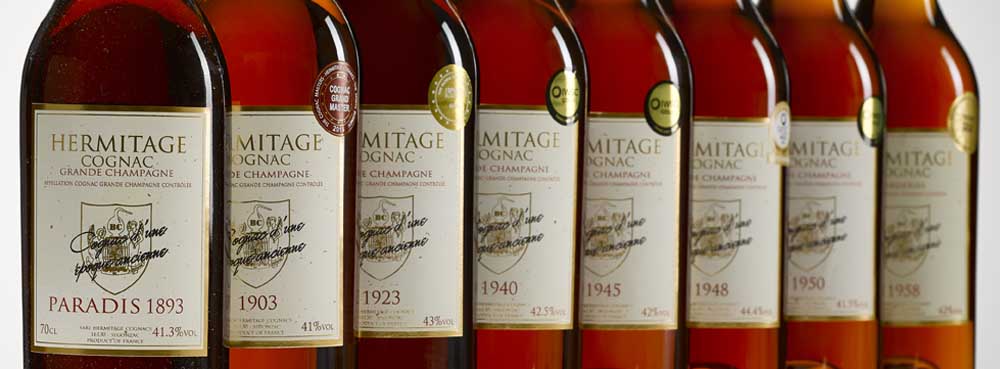 The growth in generic cognac sales over the last quarter of a century has distracted from the single most important criteria in determining the quality of a cognac. The age, or to be precise, the barrel age of a cognac is the most important element of cognac quality, yet we so often fail to ask the age question. Currently there simply is not enough information on the bottle to make it interesting. Compare that to a single malt whisky where the label tells us its barrel age, who made it and even what barrel it was stored in. It is little wonder that single malts outsell cognacs by a factor of 10 : 1.
The growth in generic cognac sales over the last quarter of a century has distracted from the single most important criteria in determining the quality of a cognac. The age, or to be precise, the barrel age of a cognac is the most important element of cognac quality, yet we so often fail to ask the age question. Currently there simply is not enough information on the bottle to make it interesting. Compare that to a single malt whisky where the label tells us its barrel age, who made it and even what barrel it was stored in. It is little wonder that single malts outsell cognacs by a factor of 10 : 1.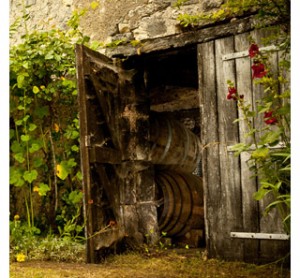 We place much emphasis on the ageing of
We place much emphasis on the ageing of 